Agile methodologies are a set of principles and practices originally developed for software development, emphasizing flexibility, collaboration, and iterative progress. The Agile approach values adaptability to changing circumstances, frequent reassessment, and continuous improvement. While Agile was initially designed for the business and technology sectors, its principles can be adapted and applied to various domains, including education. Here’s how you can apply Agile methodologies to children’s education:
- **Iterative and Incremental Learning:**
– Break down the learning process into smaller, manageable units.
– Encourage students to learn in iterations, revisiting and building upon concepts over time.
– Assess progress regularly and adjust the learning plan accordingly. - **Collaborative Learning Teams:**
– Promote collaboration by organizing students into small learning teams.
– Encourage teamwork, communication, and the exchange of ideas among team members. - **Adaptive Planning:**
– Embrace the idea that plans can change based on feedback and evolving needs.
– Teach children how to adjust their learning goals and strategies based on their experiences and insights. - **Frequent Feedback:**
– Establish regular feedback loops between students and teachers.
– Encourage peer-to-peer feedback within learning teams.
– Use assessments and discussions to identify areas for improvement. - **Self-Directed Learning:**
– Foster a sense of autonomy by allowing students to have some control over their learning process.
– Provide opportunities for students to explore topics of interest and pursue projects aligned with their passions. - **Flexible Learning Environments:**
– Create flexible and adaptable learning spaces that can be reconfigured based on the needs of different activities.
– Integrate technology to facilitate dynamic and interactive learning experiences. - **Continuous Improvement:**
– Instill a mindset of continuous improvement by celebrating successes and learning from challenges.
– Encourage students to reflect on their learning experiences and identify areas for personal growth. - **Project-Based Learning:**
– Incorporate project-based learning approaches that allow students to work on real-world problems and apply their knowledge.
– Break projects into smaller tasks, allowing for frequent checkpoints and adjustments. - **Agile Rituals in Education:**
– Introduce Agile rituals such as daily stand-up meetings, where students briefly share their progress and challenges.
– Use retrospective sessions to reflect on the learning process and discuss what worked well and what could be improved. - **Incorporate Agile Tools:**
– Integrate digital tools that support Agile practices, such as collaborative project management platforms or tools for tracking progress.
– Teach students how to use these tools to enhance their organizational and communication skills.
Applying Agile methodologies to children’s education promotes a dynamic and adaptive learning environment. It encourages students to become active participants in their learning journey, fostering collaboration, resilience, and a mindset of continuous improvement. By incorporating Agile principles, educators can better prepare students for the challenges and opportunities they will encounter in an ever-changing world.




